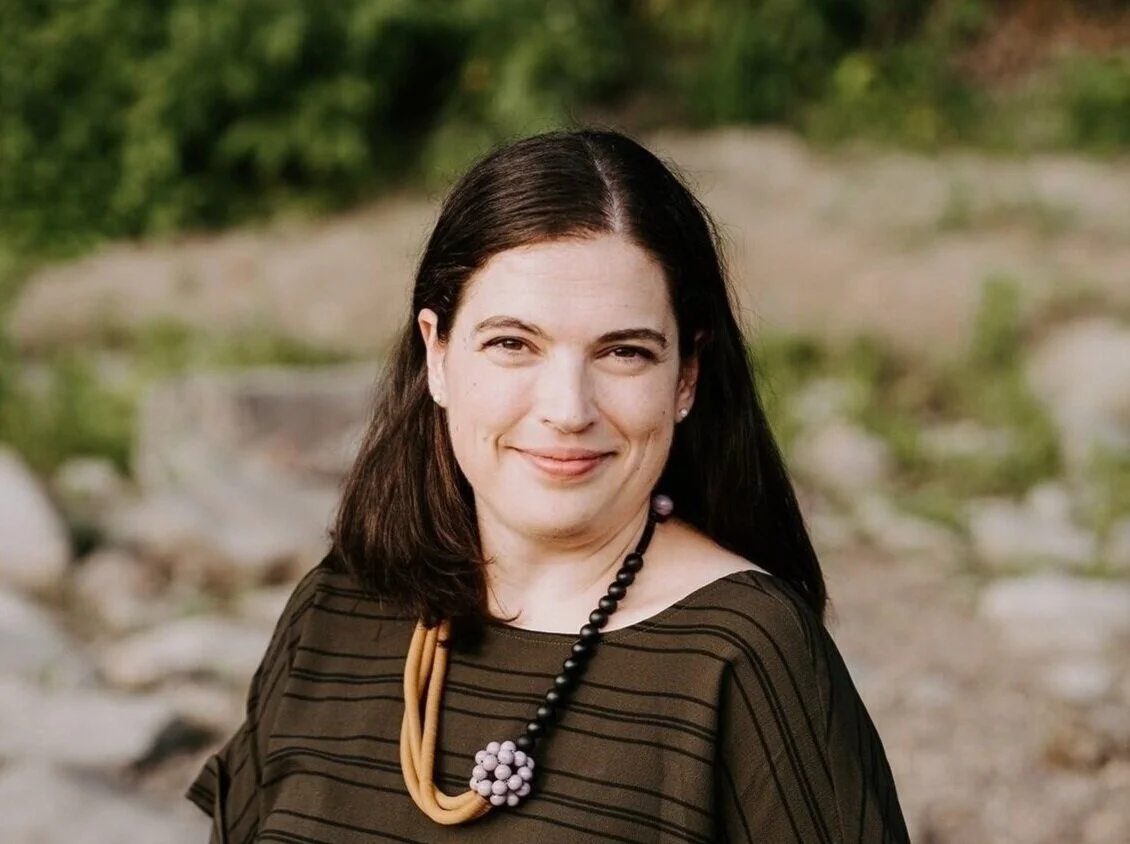Poussin et Dieu, exhibition at the Louvre
/I am really excited about the Poussin et Dieu exhibition at the Musée du Louvre.
It is a solid exhibition, with clean, simple scenography and accessible interpretation. But—oh my goodness—are the artworks exceptional. It was an absolute pleasure to get lost in the masterful paintings, and to finally get why Nicolas Poussin (1594–1665) is such a big deal.
Poussin's Magical Painting
Poussin's work never really struck me as anything special, until I participated in a Louvre photography workshop last year. We spent an hour in the Poussin room, photographing details of the paintings to work on composition and framing. I was astonished at the harmony found in the details; everything was beautifully and carefully ordered in a way that I had missed at first glance.
The more time I spent diving into the paintings, the more I was entranced by them. It was like staring at a Magic Eye image that suddenly clicks.
The audio commentary confirmed that I am not the only person to feel this way about Poussin's paintings. In fact, this is one of the keys to approaching his work:
"Nicolas Poussin's paintings rarely strike us at first glance. You have to enter into the painting gradually, you have to look at the different details little by little, you immerse yourself in it. And generally, what's striking is that in order to understand one of Poussin's paintings, you have to sweep your gaze across the whole composition, you have to look at a detail on the left and then one on the right. And it's through the intellectual effort of reconstituting the image, that it suddenly takes shape and makes sense. So you relate very directly to the work as a material presence, but the image itself dematerializes and has to be reconstituted in the mind through the work of the eye. That's something inherent in Poussin's art: it's not about immediacy. Looking at one of Poussin's works doesn't give immediate pleasure. But slowly, through contemplation and thought, we gradually penetrate the work of Nicolas Poussin”. -From the exhibition's audio commentary on Poussin's Manna
(Is this not one of the best audio commentaries you've ever come across??)
Take Poussin’s Holy Family as an example:
At first glance, it is just a classic depiction of a traditional scene. But spend some time in front of it, looking at the various details from different angles, and all of a sudden it comes alive like a musical composition. There are “harmonies of mass, color and contrast, in a repetitive musical manner”, as the wall text states so well, that can be compared to Bach’s cantatas or Beethoven’s symphonies. The scene is static, but it felt alive.
Poussin is indeed a painter-poet.
Poussin and God
The exhibition did an elegant job of showing the progression of the artist's depictions of the sacred. It starts with enormous and dramatic retables with religious scenes, saints in ecstasy and God in glory. But the exhibition ends with the last works of the artist; these paintings are calm, understated, and give a major place to the beauty of nature. The role once played by dramatically posed figures in earlier works is taken over by trees, rocks and lakes. These paintings are vast; it is easy to get lost in their depths.
Poussin’s depictions of nature show solitude and reclusion, as he withdrew within himself to be closer to God.
Two Exhibitions
Poussin et Dieu and La fabrique des saintes images, the two exhibitions in the Louvre's Hall Napoléon right now, are complementary ways of looking at the role of images in the religious thinking in late 16th and early 17th century.
In the 1560s, the Council of Trent addressed the use of images in religious art. In opposition to the Protestant Reformation, the Catholic Church encouraged the use of religious images, "promoting art as a means of reclaiming souls". This counter-reformation art was meant to inspire intense religious feelings in the viewer. These two exhibitions present different approaches of French artists to these new canons of images.
Poussin et Dieu at the Musée du Louvre (until June 29, 2015)
Address: Palais du Louvre 75001 Paris ∣ Métro: Palais-Royal Musée du Louvre (line 1 or 7) ∣ Opening hours: Wednesday to Monday from 9am to 6pm, open until 9:45pm on Wednesday and Friday
























